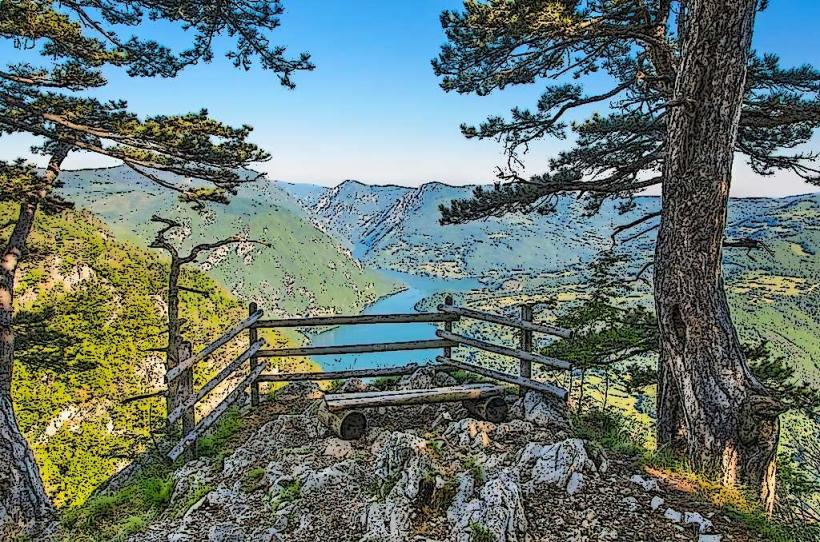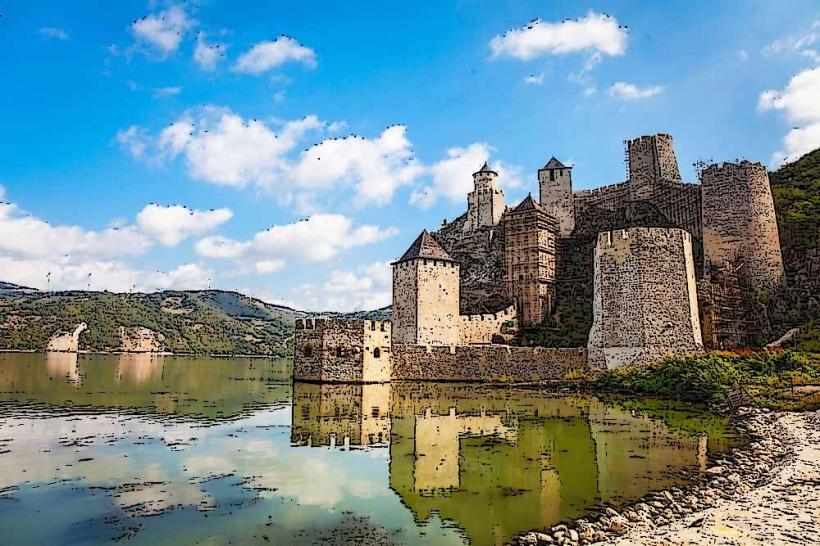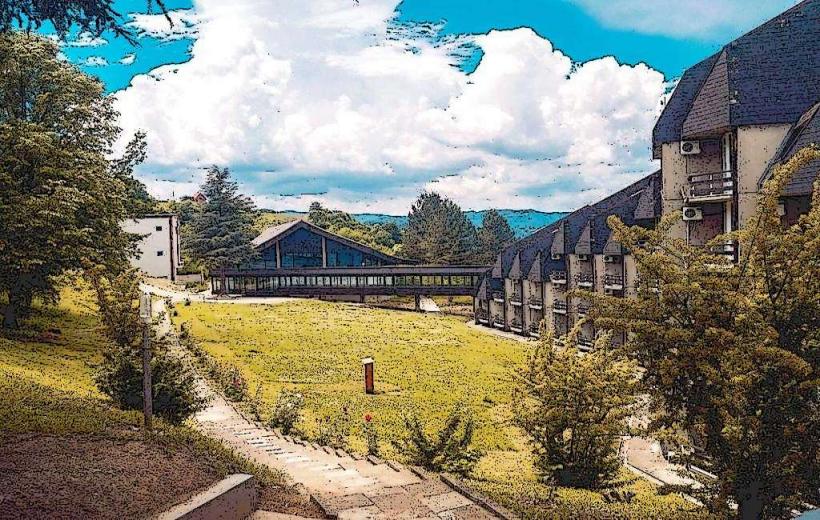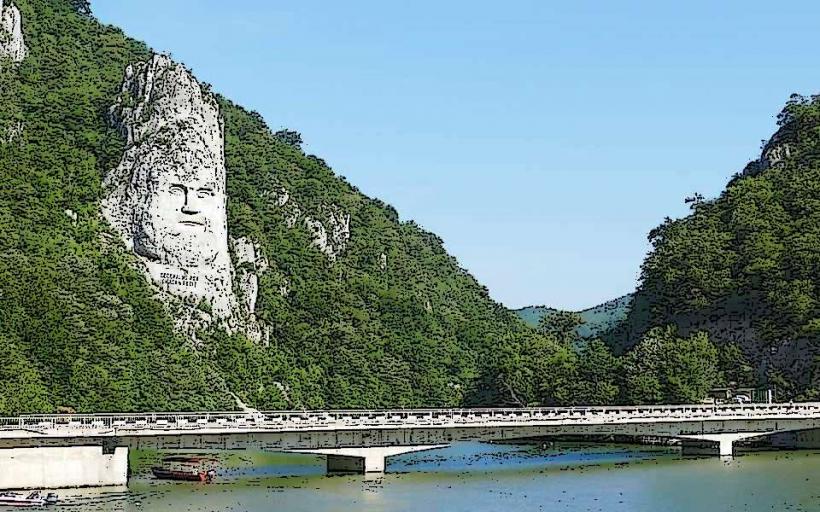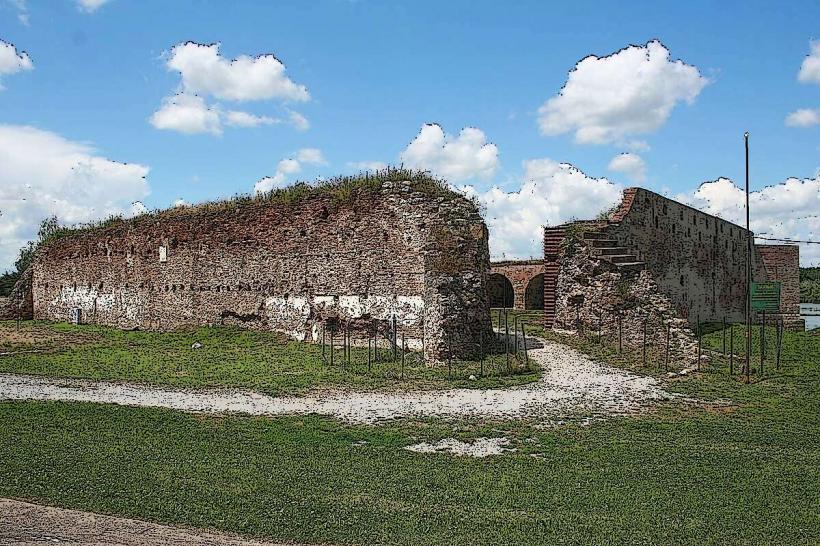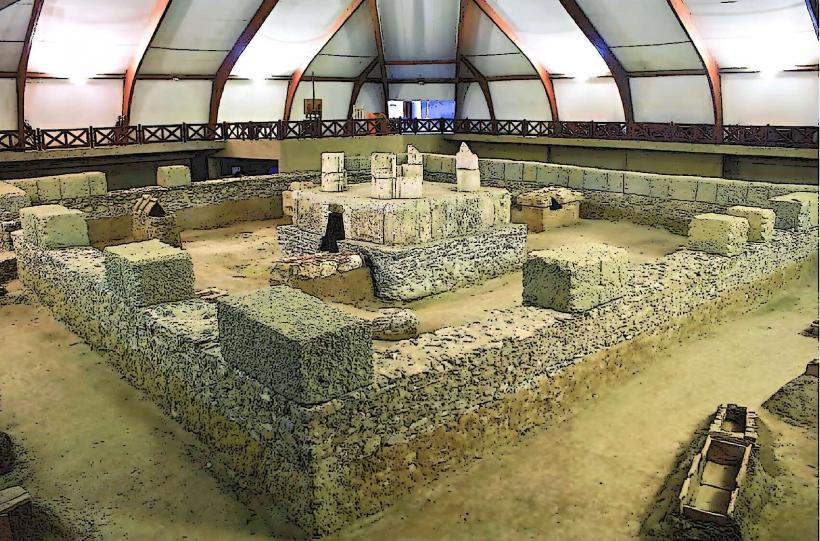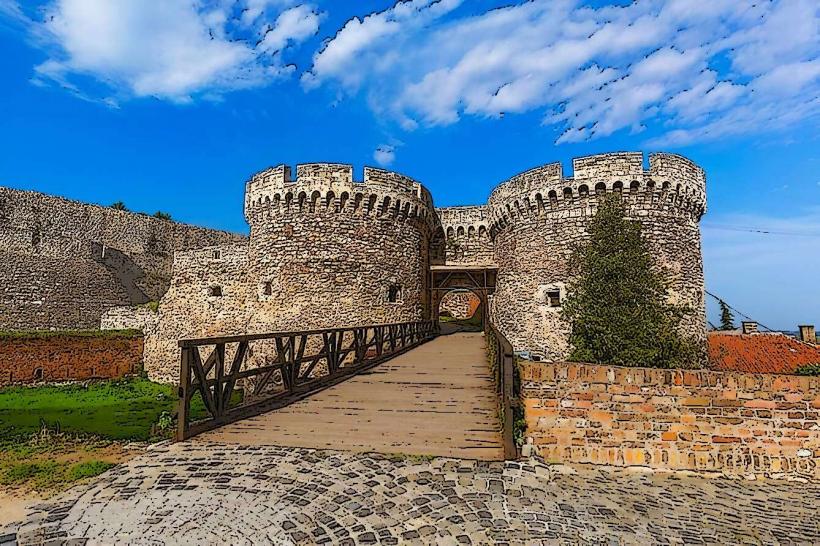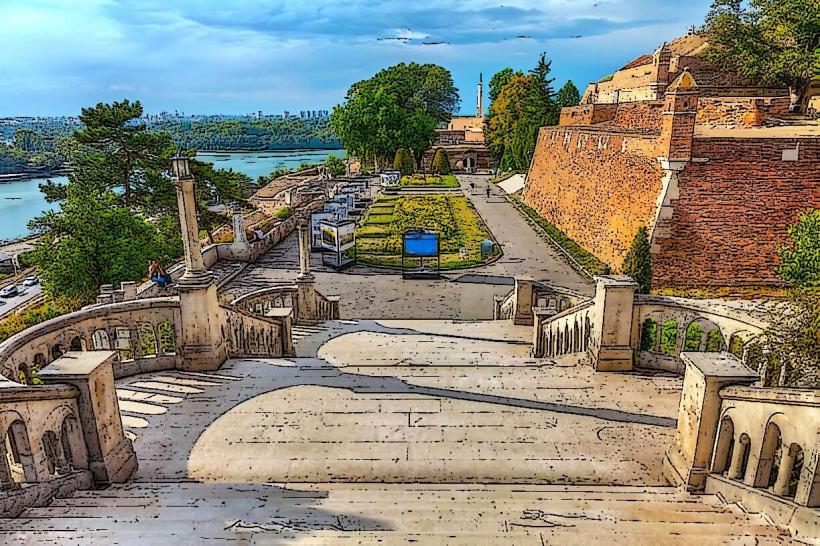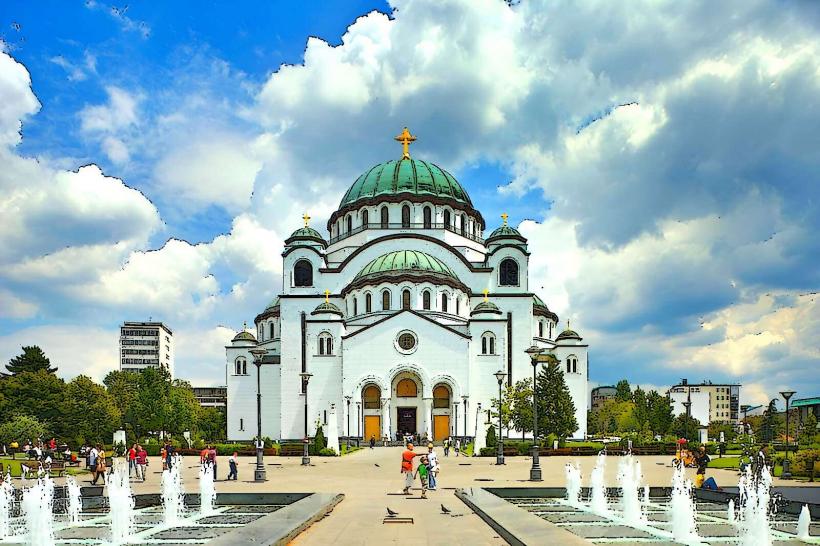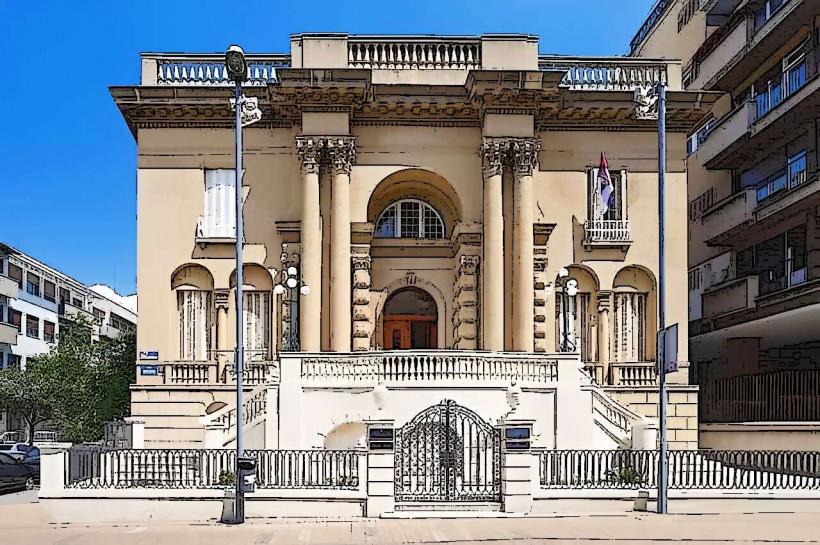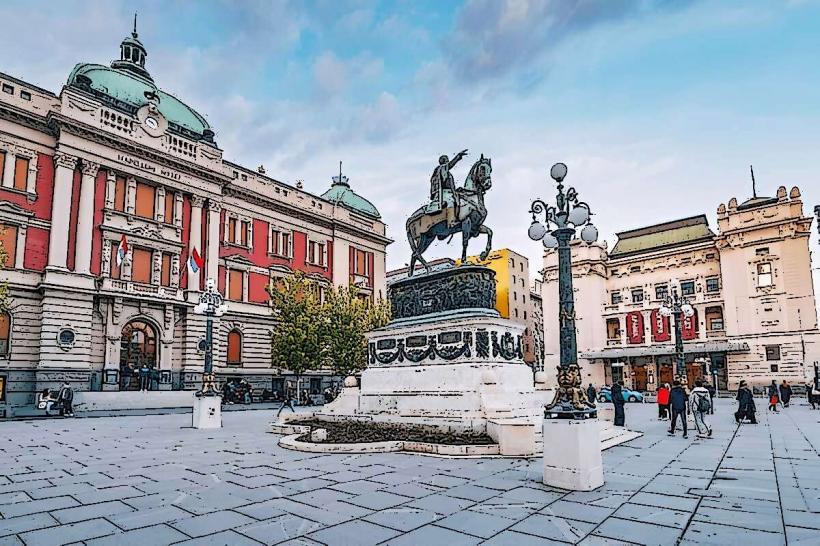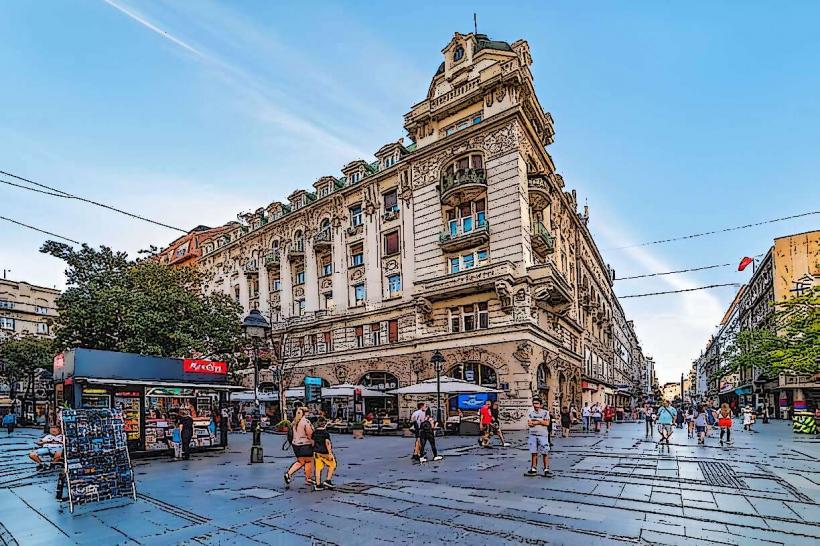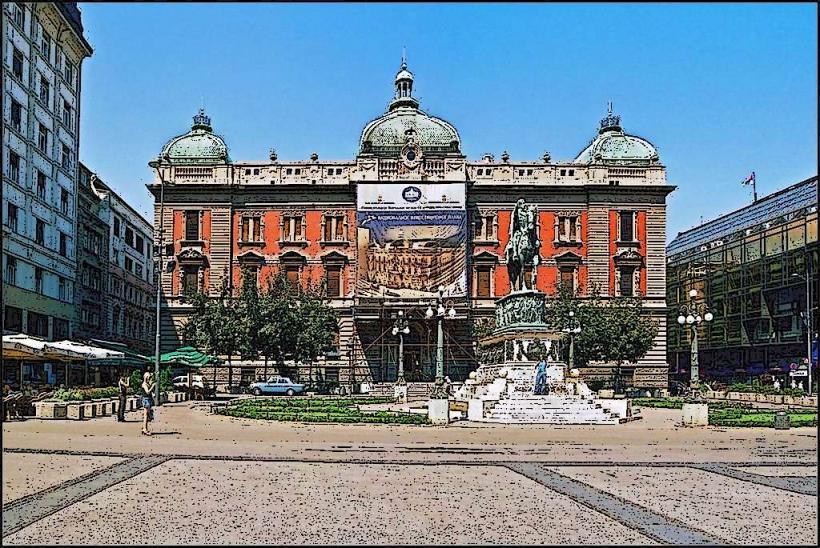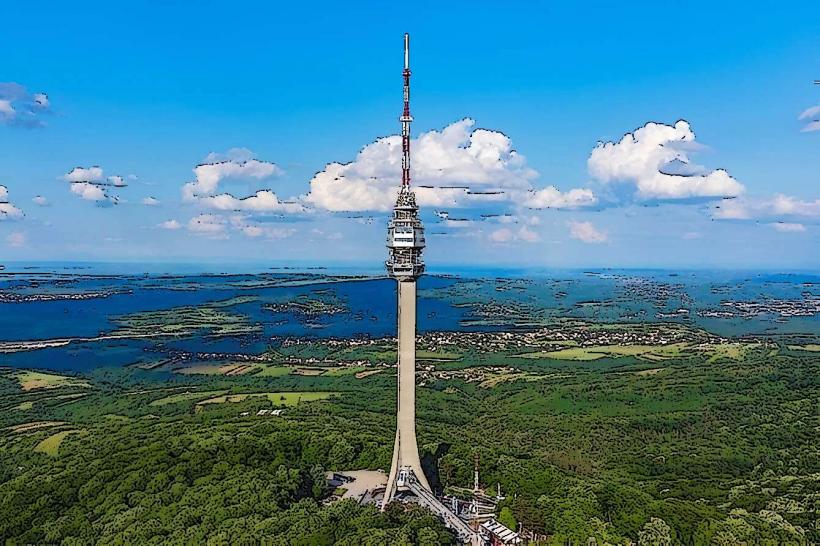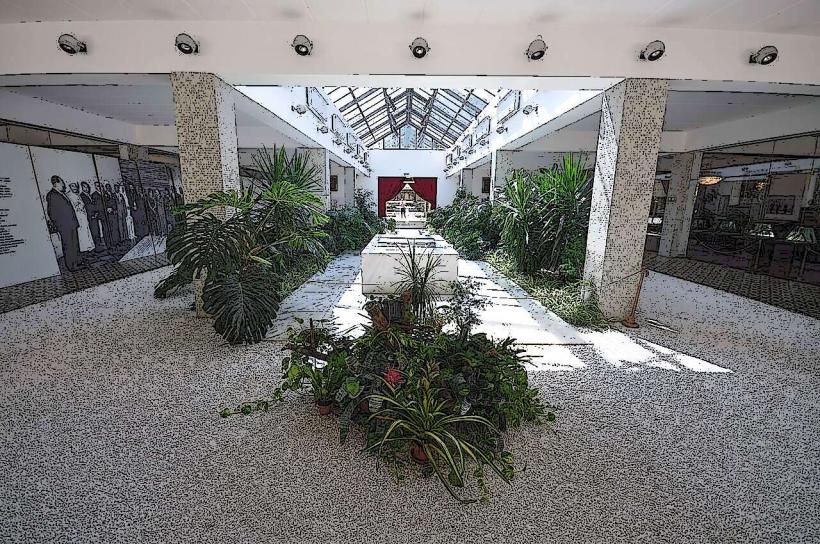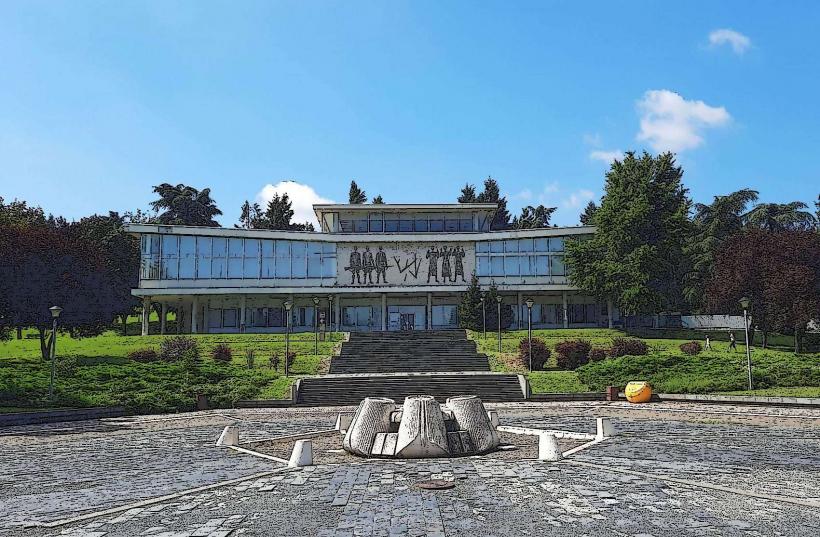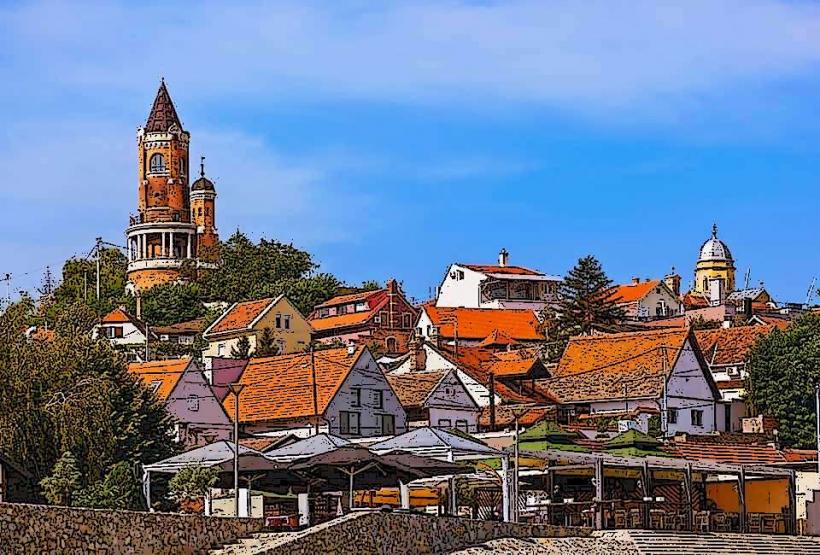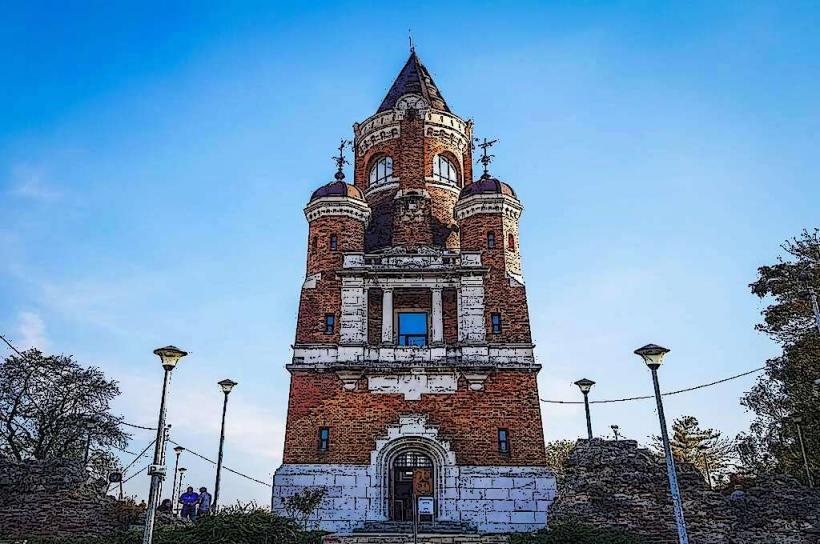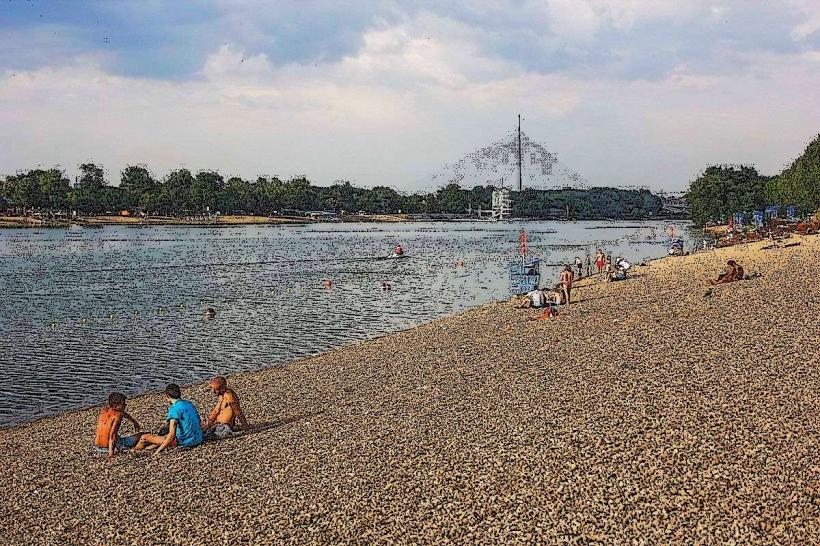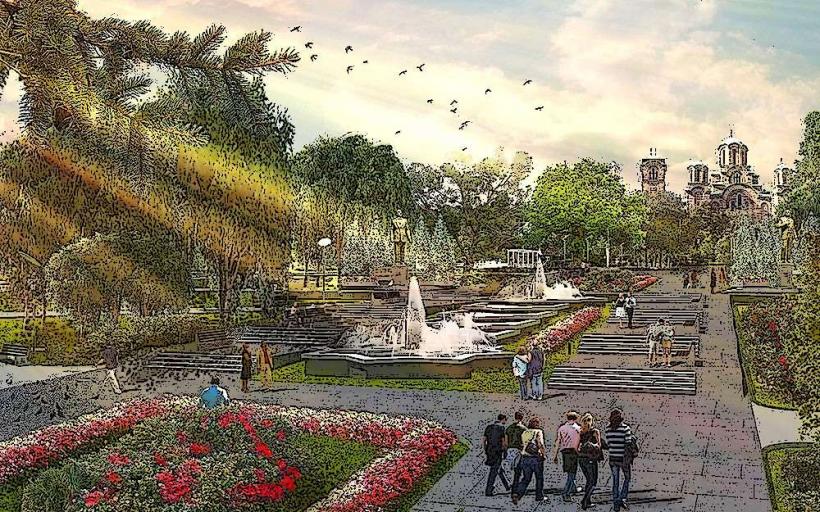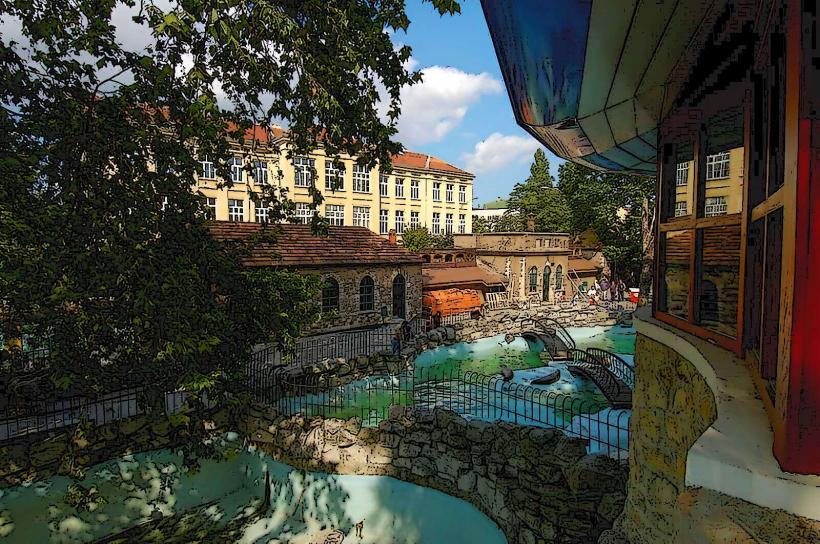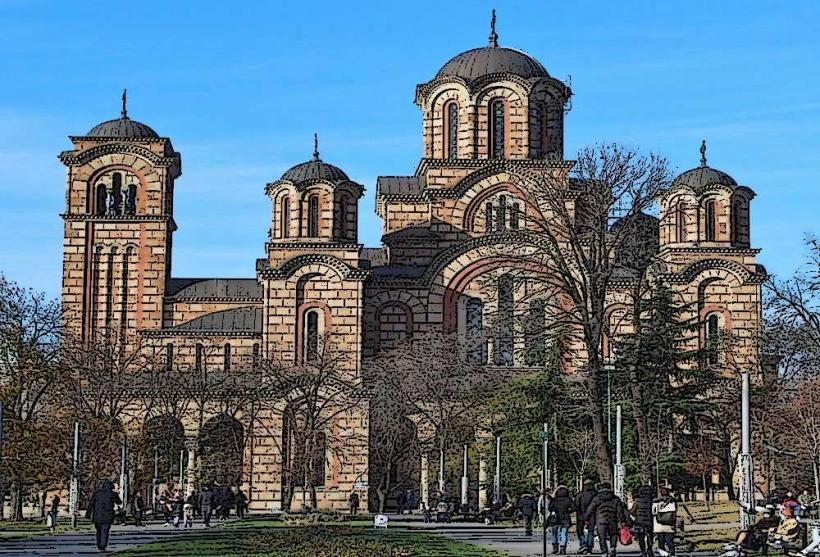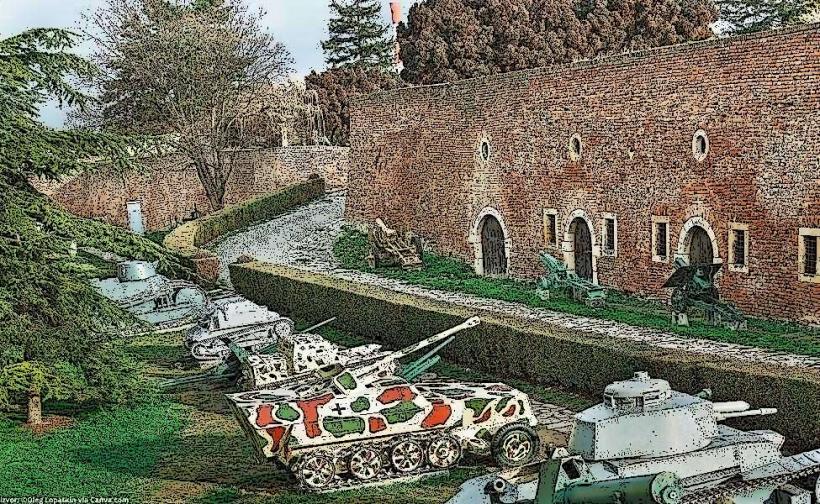Information
City: BelgradeCountry: Serbia
Continent: Europe
Belgrade, Serbia, Europe
Overview
Belgrade, Serbia’s capital, ranks among Europe’s oldest cities, with people living there for more than 7,000 years-long enough to witness countless sunrises over the Danube, after that it sits where the Danube meets the Sava, a sharp bend in the water that’s long shaped its culture, history, and political weight.Belgrade, nicknamed the “White City” from the Slavic beo for white and grad for city, stands as Serbia’s cultural, economic, and administrative heart, its pale stone facades catching the afternoon sun, therefore belgrade sits in north-central Serbia, linking the flat sweep of the Pannonian Plain to the rugged Balkan Peninsula.Spanning about 360 square kilometers of city and suburbs, it’s shaped by the wide meeting of the Danube and Sava rivers, where sunlight glints off the water and people gather along the banks, what’s more the city’s climate is humid subtropical, with summers that turn fiery and sparkling, and winters that bite with icy.Spring and autumn bring mild weather-perfect for exploring Belgrade’s lively streets and riverside cafés, moreover home to about 1.7 million people, it’s the largest city in Serbia and the region, with a population that’s mostly Serbian but also includes Romanians, Croats, Bosniaks, Hungarians, and Roma.Serbian is the official language, though English is common in tourist spots, and most residents follow Orthodox Christianity, alongside Muslim, Catholic, and atheist communities, at the same time as Serbia’s economic hub, Belgrade drives the nation’s GDP through finance, tech, construction, and tourism, housing the Belgrade Stock Exchange, multinational firms, and a growing startup scene.Its culture bursts with art galleries, music festivals, and nightlife that often spills onto floating river clubs in Savamala and Dorćol, likewise the food blends Balkan, Mediterranean, and Central European flavors-grilled ćevapi or sarma with a strong coffee at a bustling café is a local ritual.To be honest, Education thrives at institutions like the University of Belgrade, while innovation grows in IT parks and research centers, besides buses, trams, and trolleys crisscross the city, with a metro in the works, highways link it to Europe, and the Nikola Tesla Airport connects travelers worldwide; the Danube and Sava rivers carry both cargo and tourists, a little Belgrade wrestles with preserving its historic charm amid modern growth, tackling pollution and traffic along the way, at the same time festivals like the Beer Fest, Music Week, BITEF, and the Dance Festival keep the city’s calendar full.Warm, spirited, and tenacious, Belgraders embody a site where layered history meets a restless, vibrant present.
Author: Tourist Landmarks
Date: 2025-10-29
Landmarks in belgrade

